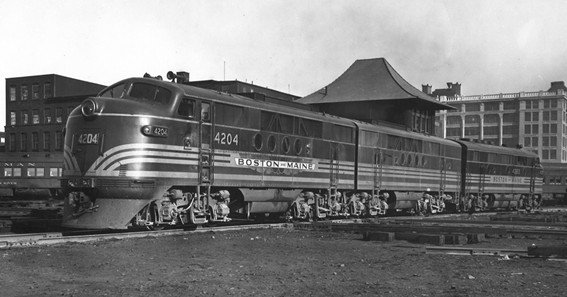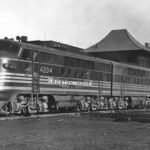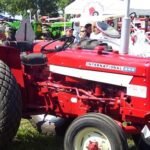The Boston and Maine Railroad (B&M) played a pivotal role in introducing diesel-electric locomotives to New England, significantly transforming the region’s rail operations. A key milestone in this transition was the acquisition of the FT locomotives, which marked the beginning of the end for steam-powered engines on the B&M lines.
Introduction to the Boston and Maine FT Locomotives
In 1943, the B&M made a groundbreaking move by purchasing six A-B sets of FT freight haulers from the Electro-Motive Division (EMD). These units were among the first road diesels to operate in New England, signaling a shift from traditional steam locomotives to more efficient diesel-electric power.
Impact on Rail Operations
The introduction of the FT locomotives had a profound effect on B&M’s operations. One of the most notable changes was the elimination of the need for electric helper services for steam locomotives, particularly through challenging terrains like the Hoosac Tunnel. This development streamlined operations and reduced the complexities associated with steam engine maintenance and support.
Technical Specifications and Performance
The FT locomotives were designed for freight service, offering a combination of power and efficiency that was superior to their steam predecessors. Their diesel-electric configuration provided consistent performance, lower operational costs, and reduced maintenance requirements, making them an attractive option for railroads looking to modernize their fleets.
Legacy of the FT Locomotives
The successful deployment of the FT units paved the way for further dieselization of the B&M’s locomotive roster. Following the FT models, the railroad continued to invest in more advanced diesel locomotives, eventually phasing out steam engines entirely. This transition not only enhanced operational efficiency but also positioned the B&M as a forward-thinking leader in rail transportation during that era.
Preservation and Historical Significance
While many of the original FT locomotives have been retired, their impact on railroading in New England remains significant. Preservation efforts and historical societies continue to honor the legacy of these pioneering machines, ensuring that their contributions to rail history are remembered.
FAQ
- What does “FT” stand for in the context of these locomotives?
- “FT” stands for “Freight, Twenty-seven hundred horsepower,” indicating the locomotive’s intended use and power rating.
- How did the FT locomotives differ from steam engines?
- FT locomotives were diesel-electric, offering greater efficiency, lower maintenance, and more consistent performance compared to steam engines.
- Why were the FT locomotives significant for the Boston and Maine Railroad?
- They marked the railroad’s transition from steam to diesel power, leading to more streamlined and cost-effective operations.
- Are any of the original B&M FT locomotives preserved today?
- Specific information about the preservation of B&M’s FT units is limited, but their legacy is honored by rail enthusiasts and historical societies.
- What was the primary service role of the FT locomotives on the B&M?
- They were primarily used for freight hauling, effectively handling the demanding routes of the B&M network.
The Boston and Maine FT locomotives represent a transformative period in rail history, showcasing the shift from steam to diesel power and the advancements in rail technology during the mid-20th century.










